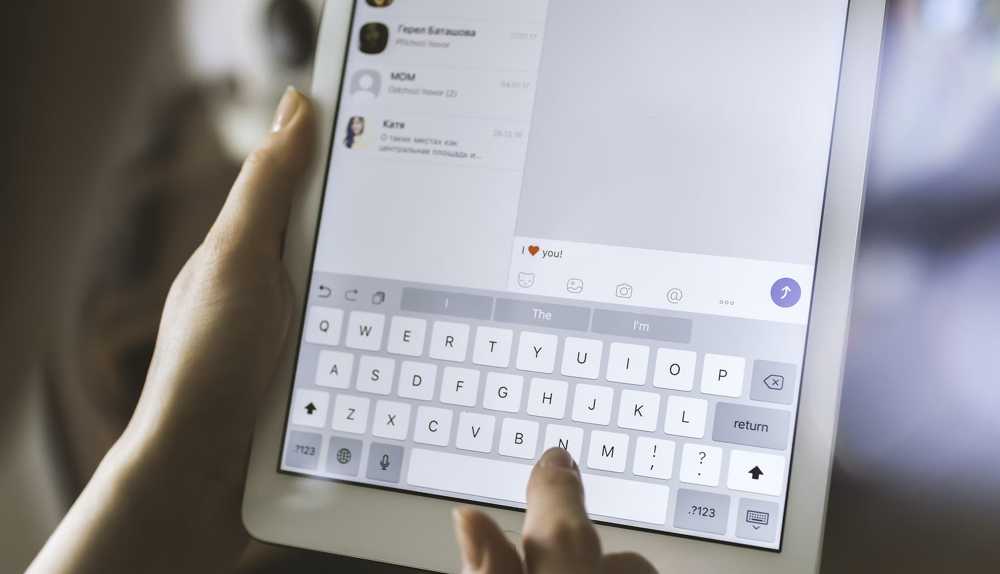In the modern world, customer service is more important than ever. With consumers expecting a quick, personalized response to their queries, businesses must stay ahead of the curve when offering support. One of the most popular customer service methods is chat and messaging.
Both are excellent tools for providing customers with the care they need, but understanding the essential differences between chat and messaging can be the difference between a satisfied and frustrated customer. By recognizing the advantages and disadvantages of each, businesses can create the best customer service experience for their customers.
What are Chat and Messaging?
Chat is a real-time messaging feature that allows customers to communicate with a customer service representative (CSR) via a computer or mobile device. Chat is a great way to communicate with customers who need immediate help.
However, chat conversations don’t leave a record, which means if there is an issue with a customer’s request or confusion about something, the information won’t be documented for future use. Chat customers can expect to be connected to a CSR within a minute.
Messaging is a one-way communication tool. Customers can submit questions, comments, and issues using an internal messaging tool. Once a business has set up an internal messaging system, the customers can submit their requests and questions without being connected to a live person. These messages are stored in a database, which means they can be easily accessed at any time.
This makes it easier for businesses to keep track of customer issues and questions. With messaging, the response time can be a little longer than with chat since customers aren’t connected to a natural person.
Advantages of chat and messaging
Real-Time communication
Since chat is a two-way communication tool, customers can ask questions and receive answers almost immediately. This is great for questions that need a quick response or when customers need help immediately.
Scalability
Because chat is a one-to-one communication method, businesses can scale up or down their staffing based on the number of customers using the service at any given time. This makes accommodating spikes in customer demand easier without disrupting the rest of the business.
Data capture
Since chat conversations are stored within the system, they can be easily accessed and reviewed by other business members. This helps companies to keep track of customer issues and questions so they can be addressed and resolved more quickly.
Disadvantages of chat and messaging

Attention to detail
With a live person on the other end of the conversation, it’s easier to pick up on details and nuances important to creating a smooth and successful customer experience. Chat or messaging isn’t as easy since customers communicate with a computer or an automated system.
Limited communication
While the real-time nature of chat makes it an ideal choice for particular customer service needs, the lack of a record means that the conversation is limited to the information that is exchanged at that moment.
Benefits of Using Chat Over Messaging
Real-time communication
Customers expect quick responses to their queries, and chat is a great way to provide them. The real-time nature of a chat conversation means that customers can get answers almost immediately.
Attention to detail
Since live chat conversations are connected to real people, businesses can pay more attention to essential details to create a positive experience.
Benefits of Using Messaging Over Chat
Recorded communications
While live conversations can be beneficial, they aren’t always recorded. This means the information that is exchanged isn’t as easily accessible. With messaging, the messages that are sent and received can easily be accessed at any time.
Complex issues
Sometimes, customers have more complex issues that need to be addressed with a team instead of an individual. With messaging, businesses can keep track of these more significant issues and keep customers informed about the progress of their requests.
Strategies for Creating a Successful Chat and Messaging Customer Service Experience

Sending the right message
Customers are different, and the best way to communicate with them will depend on their needs. For example, a customer needing help with using a product might respond best to a chat conversation. A messaging experience may serve customers more interested in product availability and pricing information.
Analyzing customer data
Businesses can better understand the type of communication customers prefer by analyzing the data from their messaging and chat systems. This will let you know which approach customers like and how they respond.
Differences in Customer Expectations for Chat and Messaging
Real-time responses
Customers using chat expect a real-time response because they are talking with another person. They expect a slower response with messaging since they are communicating with a computer.
Detail attention
Customers using chat expect businesses to pay closer attention to the details of their query since they are speaking with a person. Customers expect a general overview of messaging because they communicate with a computer.
How to Measure the Success of Your Chat and Messaging Customer Service
Measuring customer satisfaction
Customer satisfaction is an essential indicator of the success of a business’s customer service efforts. Luckily, it’s easy to measure the satisfaction level of your customers with chat and messaging.
Surveys
Customer satisfaction can be measured by sending customers an automated survey after they use a chat or messaging system. These surveys are easy to set up and provide businesses with helpful information about how customers feel about the communication they receive.
Playbacks
Chat and messaging communication can be recorded so businesses can see how a customer was helped. This can also help train new staff members to address customer issues.
Tips for Creating a Great Customer Service Experience Using Chat and Messaging
Investing in customer service
Providing excellent customer service isn’t something businesses can do halfway. The company’s leaders must be fully committed to providing excellent customer service. This means investing in customer service staff, technologies, and training.
Technology
Technology is crucial to providing a successful customer service experience. This includes investing in the best technology for the job. For example, businesses should use a live chat software platform that allows them to scale their staffing based on the number of customers using the service.
Conclusion
Chat and messaging are two communication methods that can be used in customer service. These can be helpful when dealing with customers who need immediate assistance or have complex issues.
However, there are some differences between the two communication methods. Chat is a real-time communication method that allows customers to communicate with a customer service representative immediately.
Messaging is a one-way communication method that allows customers to submit questions, comments, and issues using an internal messaging tool. These are excellent tools for providing customers with the care they need and can be beneficial when dealing with complex problems.
Start Your Free Trial Today!
Find out how easy it is to improve your customer support and save time for FREE!